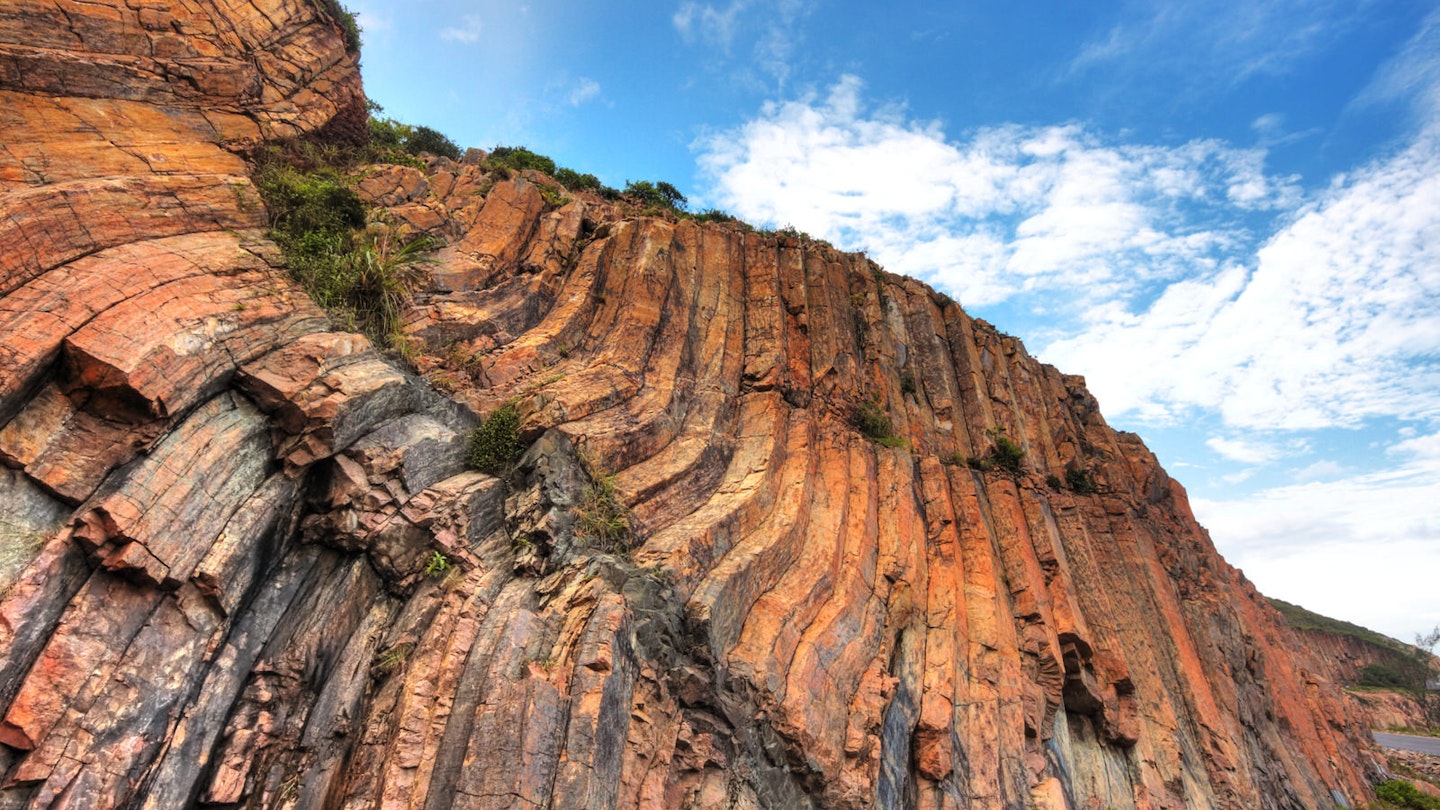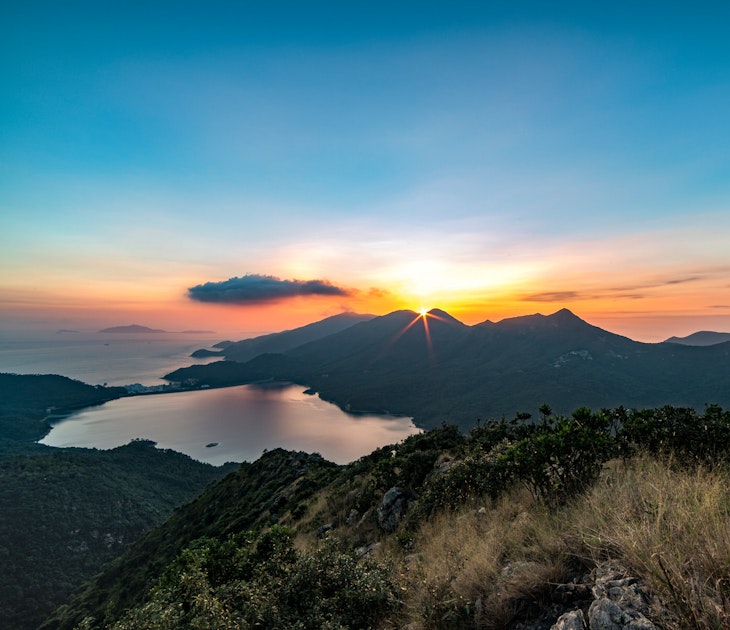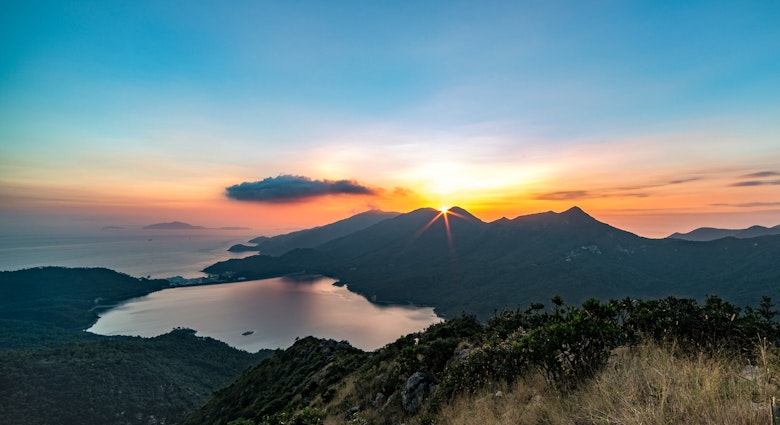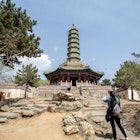Twenty years after its return to China, Hong Kong is awakening to the importance of its natural and cultural heritage on a collective scale. And it should. The city is the top in Asia and fifth worldwide in the extent of its area designated for conservation, according to the World Economic Forum's 2015 Travel and Tourism Report. In very few places are urban delights and outdoor pursuits on offer in such close proximity as here.
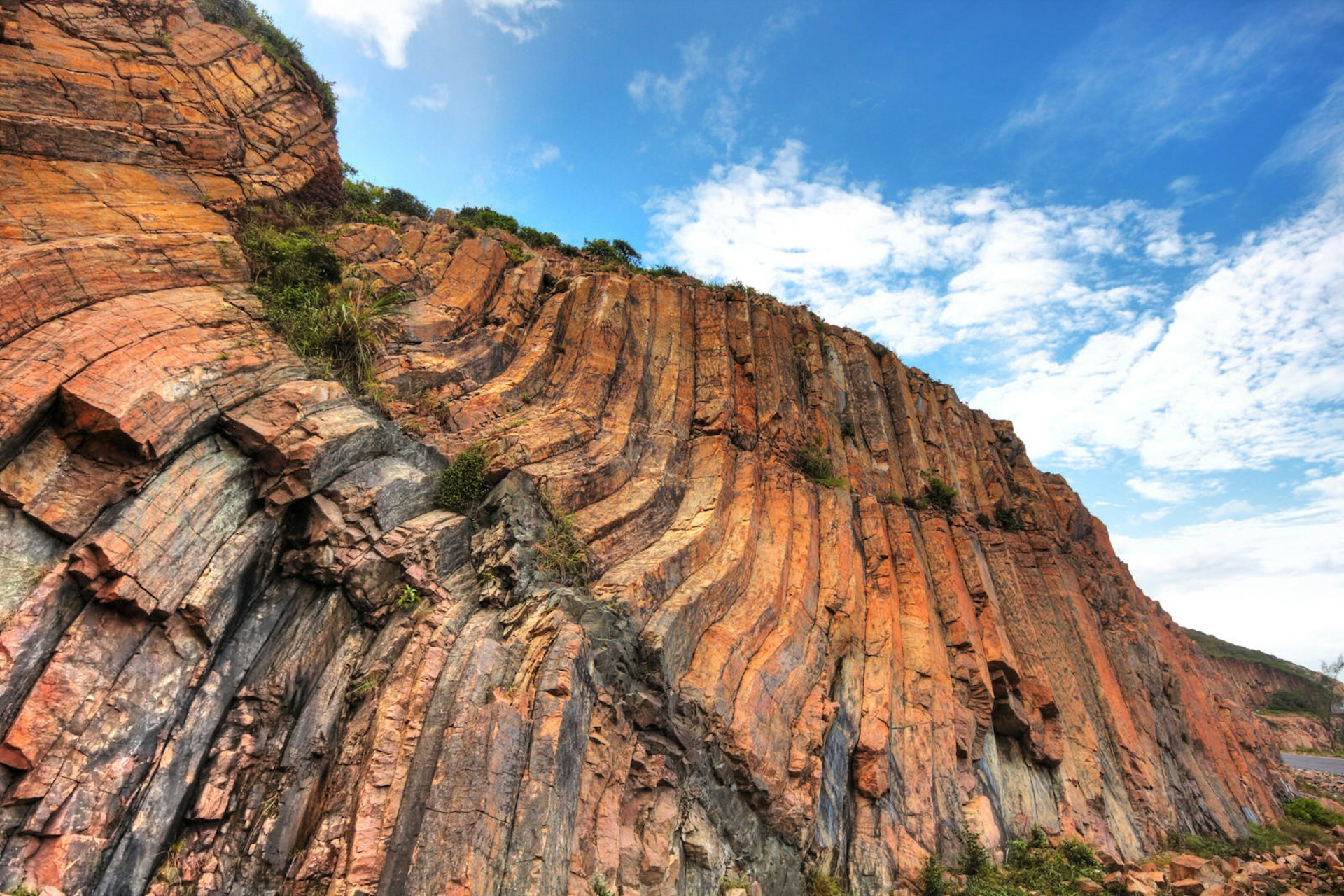
The Unesco-listed Hong Kong Global Geopark is the crowning glory of the city's natural spaces, covering 50 sq km of Hong Kong's northeast coastline. The park is made up of two distinct geological regions and eight named sites that range from islands to volcanic rocks, cliffs, sea caves and even a tombolo (tidal spit). If eight amazing sights weren't enough to draw you, here are seven reasons (and one bonus) why we think now is the time to visit Hong Kong Global Geopark.
1. It's easier than ever to get here
The Hong Kong government has been taking steps to make the sublime but underplayed Hong Kong Global Geopark more accessible to visitors. The park is distributed across two regions – volcanic rocks at Sai Kung Peninsula, and sedimentary formations and old villages in the northeastern New Territories. Guided boat tours now whisk visitors around the islands that comprise the park, and ferries take explorers out for hiking excursions, swimming and wildlife-spotting. The easiest island to reach is Sharp Island – home to the park's tombolo – as it is connected to Sai Kung Town by regular small ferries in about 15 minutes. Minibuses now run between the formerly difficult-to-reach jumping-off village of Sai Kung and central Hong Kong in about half an hour.

2. Get up close with rare volcanic rocks
The centerpiece of Hong Kong Global Geopark is the Sai Kung Volcanic Rock Region: a series of towering, honeycomb-shaped basalt columns. These are not the black basalt found in most other places in the world; depending on the light, they are pinkish or a luminous honey-colour seldom seen on such a large scale anywhere. These beautiful giants are the result of a massive eruption about 140 million years ago. Lava and ash solidified over hundreds of millions of years and contracted, producing uniform columns. The sun, wind and waves finished the job, sculpting and adding colour. The rocks form poses along the coast, skirting an island, forming a tall mural on a seaward cliff, rising over a sea arch, or winding a spiral staircase upon an islet.
3. New buses to colonial East Dam
If you’re short on time but still want to take in some of Hong Kong's magnificent geopark, there’s a new shuttle bus to one of the sites: East Dam of High Island Reservoir, a surreally handsome piece of colonial waterworks architecture. The bus departs from Sai Kung Town four times daily on weekends and public holidays. Fares are HK$90 round trip (HK$85 for children under 12) or HK$50 one-way. There are guides on board explaining the history and geology of the reservoir and the volcanic rocks. Visitors have an hour to explore the area before the bus heads back to town. To ensure a seat, you can book online via the Volcano Discovery Centre, which serves as the main tourist info centre for the geopark.

4. Rocks from the age of dinosaurs
The geopark’s Sedimentary Rock Region features Hong Kong’s oldest rocks (400 million years). Dating from the age of dinosaurs, these ancient stones don interesting silhouettes in vivid plum, ochre and jade colours. The star here is the uncanny Devil’s Fist, an human-height sandstone formation that weathering and erosion have fashioned into a wrist with finger-like protrusions. You’ll also see stunning younger rocks like shale, which evokes layered cake or wave-cut platforms, and rock pools that contain entire ecosystems within.
5. Majestic hiking on the MacLehose Trail
A wonderful alternative to riding a shuttle bus is to hike to East Dam, which falls along the opening section of the legendary MacLehose Trail, one of Hong Kong's best hikes. A pleasant 9km saunter along Tai Mong Tsai Road and Sai Kung Man Yee Rd takes you to East Dam. Going on a further 1.6km, you reach one of the area's most beautiful beaches, Long Ke, where blue waters are framed by jagged rhyolite columns. From here, you can carry on through the next section (13.5km), often lauded as the most picturesque section of the 100km trail. The route winds past majestic peaks and secluded bays, ending after five hours in Pak Tam Au.
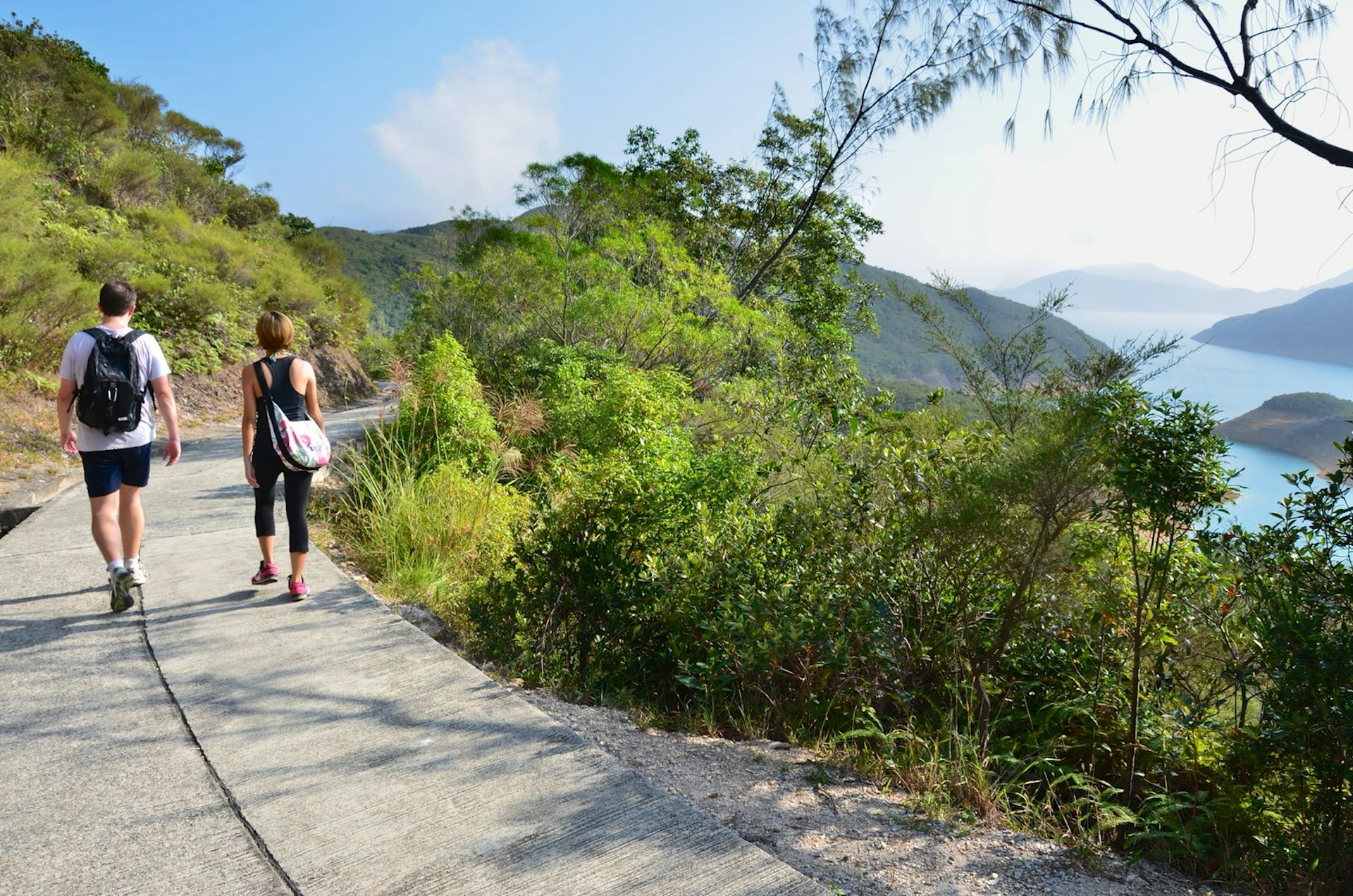
6. An (agri)cultural revival in Lai Chi Wo village
Though previously semi-abandoned, the 400-year-old village of Lai Chi Wo – a walled Hakka village – has been enjoying a new lease on life thanks to the hard work of villagers and conservationists. Rice and vegetables are sprouting in formerly fallow fields, old livestock sheds and shuttered abodes have been turned into a mini-museum and research facilities. And there's an open-air restaurant in the main square cooking up a delicious storm. Cultural and ecological tours and a Hakka dumpling-making workshop are run every Sunday, with architecture tours, accommodation, and a volunteer in exchange for lodging scheme (applicable to overseas visitors) soon to join the list of colourful offerings.
7. New ferries galore
A new ferry service runs between Lai Chi Wo and Ma Liu Shui Pier near the Chinese University every Sunday and public holiday, with sailings expanded to at least two a week this year. Most geopark tours to the Sedimentary Rock Region call at Lai Chi Wo and you can also come here the old-fashioned way – by hiking from Wu Kau Tang or Luk Keng.

Bonus: Sightseeing on a faux vintage tram
A bonus eighth reason, you say? Back in urban Hong Kong, the city’s moving heritage – the century-old tram, or ‘ding ding’ as it is fondly called by locals – is offering a new way to learn about local life and history. The TramOramic tour allows passengers to see several historic areas on Hong Kong Island on board a sleek replica of a 1920s open-top tramcar. Sightseeing is supplemented by a meticulously-scripted audio guide in eight languages, a display of vintage tram paraphernalia, and souvenirs for sale. The one-hour tour from Western District to Causeway Bay (or vice versa) even buys you two full days of unlimited rides on the ding ding.

